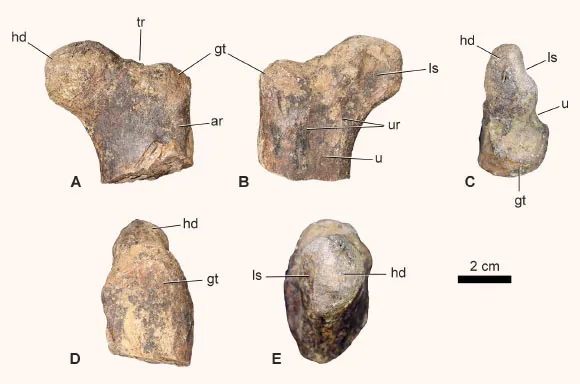
Breakthrough in Vaccine Development: Harnessing Tick Saliva to Combat Diseases!
2025-04-23
Author: Yu
A Quick Bite with Big Implications
When the notorious blacklegged tick sinks its mouth into human skin, it doesn’t just feast—it unleashes a cocktail of proteins designed to suppress our body's defenses. These proteins not only help the tick latch on but also pave the way for infections from serious tick-borne diseases like Lyme disease.
The Hidden Risk of Tick Bites
For many individuals, a tick bite isn’t just a minor irritation. Those who have been bitten before may develop an immune response, causing pain or itching. This reaction can serve as an alarm, alerting the person to the tick's presence and prompting it to detach before it can fully feed and transmit harmful pathogens.
Unleashing Nature's Defense
Enter Thomas Hart, a microbiologist at Johns Hopkins University. Hart and his team believe that understanding and harnessing this immune response could be the game-changer we need in the fight against tick-borne diseases. While at Yale, he and his colleagues developed an innovative tool to measure host responses to various tick salivary proteins.
The Birth of IscREAM
Their tool, named IscREAM (I. scapularis rapid extracellular antigen monitoring), isolates tick antigens that trigger resistance to bites. By identifying crucial proteins secreted by ticks during feeding, Hart's team established a foundation for future vaccine development.
Testing Their Theories
Using previous discoveries by Erol Fikrig’s team, who developed an mRNA vaccine containing sequences from 19 tick salivary proteins, Hart’s team validated their new screening method. They tested this vaccine on guinea pigs, analyzing the immune responses and confirming that the antibodies predominantly targeted the proteins within the vaccine.
A New Era of Vaccination
Hart and his team recently created another promising mRNA vaccine, this time focusing on 25 new tick cement proteins. Tests showed that vaccinated guinea pigs developed redness at bite sites and that ticks detached more quickly from them compared to unvaccinated counterparts, demonstrating an immune response that effectively impacted the parasites.
The Challenge of Complexity
Experts like Wen-Hsiang Chen and Yi-Pin Lin note the potential hurdles. The complexity of having multiple antigens could necessitate extensive quality control checks for each vaccine, posing a significant logistical challenge.
Towards a More Effective Vaccine
However, Hart's research isn’t just about quantities; it’s about the quality and effectiveness of antigens. By analyzing antibodies from humans and resistant guinea pigs, the team aims to pinpoint the specific proteins linked to tick resistance, especially those that influence allergic reactions like itching and swelling.
The Future of Tick Defense
As Hart presses on, his ultimate question looms: "How can we develop the optimal vaccine to lead to tick rejection as quickly as possible?" With significant progress already made, the future of tick immunization looks promising, combining cutting-edge science with nature's defenses.


 Brasil (PT)
Brasil (PT)
 Canada (EN)
Canada (EN)
 Chile (ES)
Chile (ES)
 Česko (CS)
Česko (CS)
 대한민국 (KO)
대한민국 (KO)
 España (ES)
España (ES)
 France (FR)
France (FR)
 Hong Kong (EN)
Hong Kong (EN)
 Italia (IT)
Italia (IT)
 日本 (JA)
日本 (JA)
 Magyarország (HU)
Magyarország (HU)
 Norge (NO)
Norge (NO)
 Polska (PL)
Polska (PL)
 Schweiz (DE)
Schweiz (DE)
 Singapore (EN)
Singapore (EN)
 Sverige (SV)
Sverige (SV)
 Suomi (FI)
Suomi (FI)
 Türkiye (TR)
Türkiye (TR)
 الإمارات العربية المتحدة (AR)
الإمارات العربية المتحدة (AR)